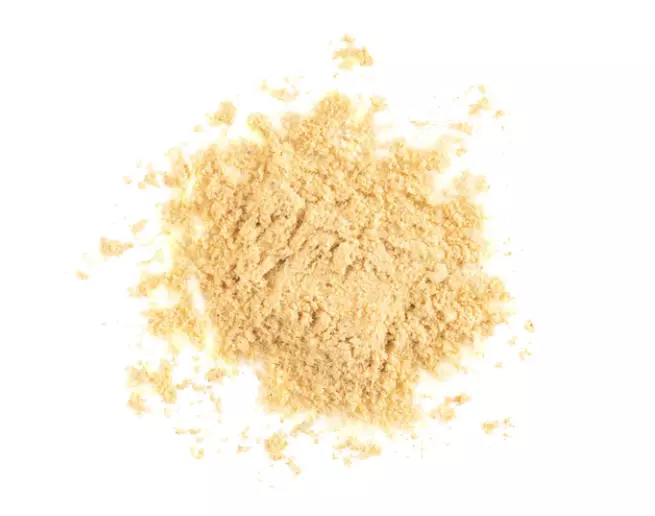Zinc Oxide (99.5%) - Taiwan
|
IUPAC Name |
: Oxozinc |
|
Cas Number |
: 1314-13-2 |
|
HS Code |
: 2817.00.00 |
|
Formula |
: ZnO |
Basic Info
|
Appearance Name |
: White Solid |
|
Common Names |
: Zinc Oxide Powder, Chinese White |
|
Packaging |
: 25 kg paper bag |



---indonesia.webp)


 English
English
 Indonesian
Indonesian
 简体字
简体字
 العربية
العربية
 Español
Español
 Français
Français
 Português
Português
 日本語
日本語
 한국어
한국어
 Tiếng Việt
Tiếng Việt
